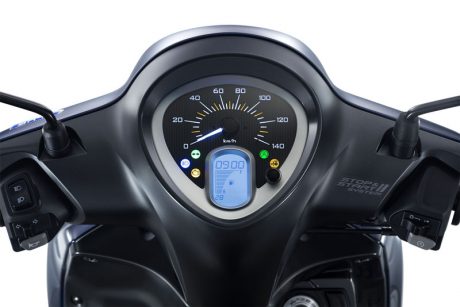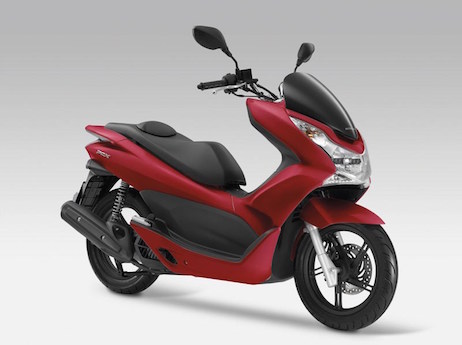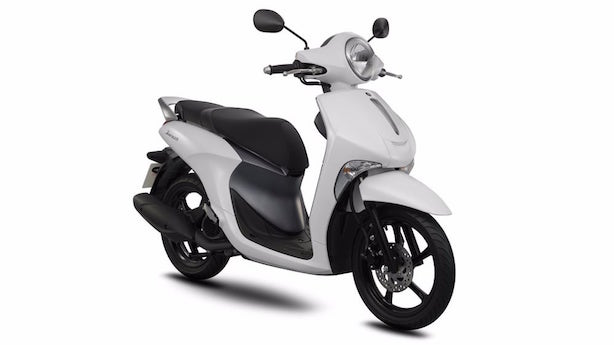Would you buy a motorcycle or scooter with stop-start technology from cars to reduce fuel consumption and lower emissions?
Like it or not, motorcycles are becoming more hi-tech as car technology filters through such as cruise control, ABS, traction control, active suspension and even blind-spot recognition.
Next up could be stop-start technology which was introduced by Honda on the PCX 125 scooter in 2010.
Obviously it wasn’t regarded as necessary on a two-wheeler because six years has gone by before another Japanese manufacturer decided it was worth implementing.
Yamaha will now add it to their Janus 125 scooter specifically for the Vietnamese market.
Stop-start technology is where the petrol engine switches off automatically when the vehicle is stationary and restarts as soon as the brake is let go.
Modern electronic fuel ignition provides instant ignition so vehicles are not left dawdling at the lights.
This automatic off and on system was introduced in hybrid cars that frequently switch between petrol and electric power. Then it was introduced to normal internal combustion engine cars to save fuel and reduce emissions.
The first models I tested were rough, but the start-up is now much smoother and less intrusive.
But do we really need it in motorcycles?
Motorcycles are usually not stopped for as long as cars because we tend to filter through the traffic.
Even in Vietnam where traffic volumes are enormous, the scooter traffic continues to dribble along, hardly ever stopping, so we don’t see the point of adding extra expense to a bike or scooter for the minimal economic advantages.
We can understand why it would be introduced on small-capacity scooters, but on heavy cruisers, the extra wear and tear on the crankshaft could reduce the lifespan of the bike.
Stop-start technology also requires more powerful and expensive batteries and starting system with uprated starter motors, solenoids, alternators and more. All of this adds to the price of the vehicle.
If you are really that worried about fuel economy, the starter button is right by your thumb, so you could easily switch off at the lights and fire up again when they change.
WHY DO MOTORCYCLES HAVE LOW ECONOMY
However, we don’t recommend that if you are lane filtering as you need to get away promptly before being swamped by traffic. That momentary lapse to restart your bike could be a little dangerous.




